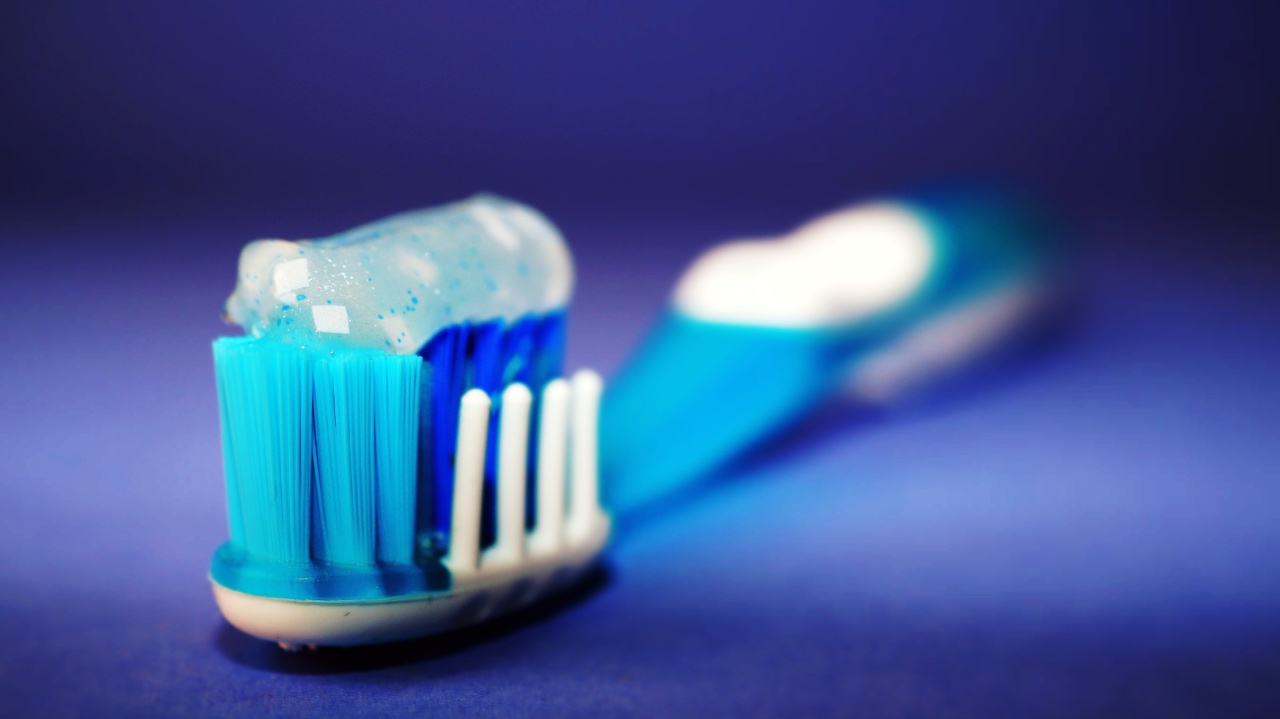When it comes to dental health, most people are aware that brushing and flossing regularly, as well as visiting the dentist, are essential for maintaining a healthy smile.
However, many tend to overlook another important factor that can significantly impact oral health – the acidity of the foods we consume. In this article, we will explore the truth about acidic foods and their effects on dental health, as well as provide some tips to minimize potential damage.
Understanding Acidity in Foods
Before delving into how acidic foods affect dental health, it is crucial to understand what acidity means in the context of our diet. Acidity is measured on the pH scale, which ranges from 0 to 14.
A pH of 7 is considered neutral, while values lower than 7 indicate increasing acidity, and values higher than 7 indicate alkalinity or basicity.
The Impact of Acidic Foods on Dental Health
Consuming acidic foods and beverages can have adverse effects on teeth and gums. The acid in these foods can erode the protective enamel on the teeth, making them susceptible to damage and decay.
Acidic foods also cause the mouth’s pH level to drop, which creates an environment where harmful bacteria thrive.
Common Acidic Foods and Beverages
Several commonly consumed foods and beverages fall into the acidic category. It is important to note that some acidic foods, when consumed as part of a balanced diet, have numerous health benefits.
However, overconsumption or excessive exposure to acid can pose a threat to dental health. Here are some examples of acidic foods and beverages:.
- Citrus fruits (such as lemons, limes, and oranges)
- Tomatoes and tomato-based products
- Vinegar and pickled foods
- Carbonated drinks and sodas
- Coffee and tea (especially black)
- Alcohol, particularly wine
Protecting Your Dental Health
While it may not be practical or even desirable to completely eliminate acidic foods from your diet, there are several steps you can take to protect your dental health:.
- Moderation is key: Enjoy acidic foods and beverages in moderation, especially those that are highly acidic. Limiting exposure can help minimize the potential damage.
- Use a straw: When consuming acidic beverages, using a straw can help direct the liquid away from your teeth, reducing their exposure to acid.
- Rinse with water: After consuming acidic foods, rinse your mouth thoroughly with water to help neutralize the acids.
- Wait before brushing: While it may seem counterintuitive, it is advisable to wait at least 30 minutes after consuming acidic foods before brushing your teeth. Acidic foods soften the enamel, and brushing immediately after consumption can cause further damage.
- Choose your toothpaste wisely: Opt for a toothpaste that is specifically formulated to strengthen enamel and protect against acid erosion.
- Maintain good oral hygiene: Brush your teeth at least twice a day and floss daily to remove plaque and maintain excellent dental health overall.
Seeking Professional Guidance
If you are concerned about the impact of acidic foods on your dental health, it is always best to consult with a dental professional. Dentists can assess the condition of your teeth and provide personalized advice on how to protect them.
Conclusion
While acidic foods and beverages can pose a risk to dental health, they can still be enjoyed as part of a balanced diet.
By being mindful of your consumption and taking proactive measures to minimize the effects of acidity, you can continue to relish these foods while preserving your precious smile.






























